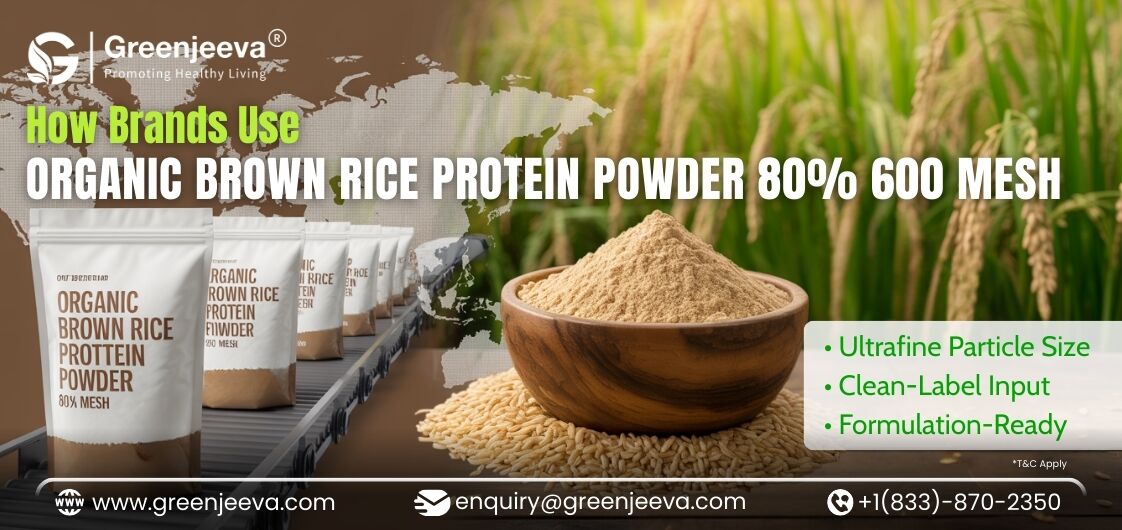Holy Basil: Nutrition Facts, Types, and Uses

Overview
Native to the Indian subcontinent, holy basil or sacred basil is a perennial plant with hairy stems and aromatic leaves. Its terminal spikes have small purple-colored blossoms that are often pinched off to boost the plant’s growth. Holy basil has an astringent, sweet flavor with notes of pepper spice, mint, and cloves. All varieties of this plant have different flavor profiles. Some of them have a peppery taste, while others are reminiscent of anise. Basil leaves are used both fresh and in powdered form to season various food items.
Holy Basil Nutrient Composition
Regarded as the queen of herbs, holy basil contains nutrients like protein, carbohydrates, vitamins, minerals, and phytonutrients. It is a great source of minerals like iron, zinc, manganese, calcium, and phosphorus. The holy basil leaf is loaded with vitamin C and other fat-soluble vitamins A and K. Active compounds in basil leaves include ursolic acid, linalool, carvacrol, rosmarinic acid, lutein, estragole, and zeaxanthin.
Types of Holy Basil
Holy basil or Tulsi is one of the most highly-valued houseplants in India, where four varieties of this plant are found. Its varieties have different Sanskrit names like Rama Tulsi, Amrita Tulsi, Krishna Tulsi, and Vana Tulsi. All these popular types of holy basil are explained below.
1. Rama Tulsi:
This plant has completely green leaves that emit a powerful fragrance and have a cooling taste. It can tolerate cold winters and sunlight, but it needs better fertilization and more water compared to other varieties. It is found mostly in China, Nepal, and some parts of India like Bihar and Bengal.
2. Krishna Tulsi:
It is a purple-leafed holy basil plant whose leaves have a crisp texture and a peppery taste. At first, its leaves remain green, but later they turn into a mottled purple color. This plant is grown in the Indian plains and temperate gardens.
3. Amrita Tulsi:
Amrita Tulsi is an aromatic plant named after its place of origin, Amritapuri in southern India. Like all other holy basil species, it has some unique characteristics. This plant can grow in complete sunlight and is extremely tolerant of harsh weather. It looks like a combination of Rama and Krishna holy basil as this plant has green leaves but a purple stem.
4. Vana Tulsi:
Also known as forest type holy basil, Vana Tulsi is a wild plant found in East Africa, Sri Lanka, and India. This plant, with hairy leaves and a strong aroma, can grow up to 2 m in height. Its leaves and stem are green in color but the blossoms are whitish.
Best Uses of Holy Basil
The herbaceous plant, holy basil is used across numerous industries due to its taste profile and nutrient content. Its leaves are considered as a natural food preservative and mixed with food items for longer freshness. Different varieties of leaves are used in holy basil tea blends. Several ready-to-drink beverages like iced teas, juices, and energy drinks include holy basil extracts. It is added to many cosmetics, including moisturizers, toners, shampoos, conditioners, soaps, toothpaste, mouthwash, and perfumes. Holy basil powder is used in tablets, capsules, and also consumed as a supplement.
The Final Words
Holy basil has multiple varieties and each one of them can contribute essential nutrients to the body. Its leaves are powdered and used not just for culinary purposes but also in beauty and personal care products. Today, there is an immense demand for holy basil powder in the pharmaceutical, food and beverage, and cosmetic industries.
If you are looking for Organic Holy Basil Leaves Powder in bulk quantities, you can place your order now on Green Jeeva and Jeeva Organic at affordable prices.
Disclaimer:
The above statements are not intended to cure any disease or comply with any health benefits. This is solely for information purposes. Please consult your doctor/health practitioner before consumption of the product. Although we take efforts to keep our website informative, we do not guarantee any medical benefits.


.jpg)


.jpg)
